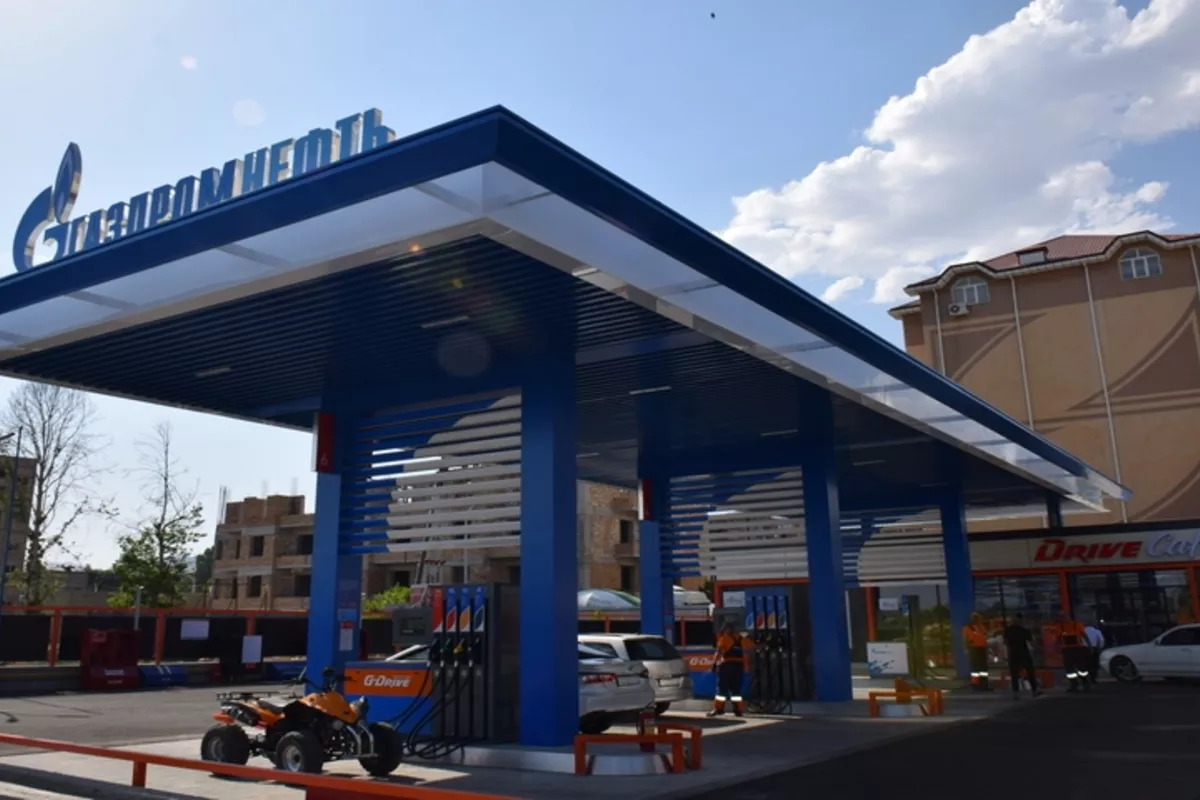
photo: Asia Plus
Tajikistan currently has the highest gasoline prices in Central Asia, according to the latest global fuel price rankings published by Numbeo, the world’s largest database tracking cost of living and quality of life.
As of this month, the average price of gasoline in Tajikistan stands at $1.12 per liter, ranking the country 86th out of 127 nations surveyed - the most expensive in the Central Asian region, The Caspian Post informs via Tajik media.
The report comes despite the country’s continued reliance on duty-free fuel imports from Russia.
In sharp contrast, Kazakhstan offers the lowest fuel prices in Central Asia - and among the lowest globally - at just $0.46 per liter, placing it in the company of global low-cost fuel providers such as Libya ($0.03), Egypt ($0.35), Kuwait ($0.35), and Algeria ($0.36).
Globally, the most expensive gasoline is currently sold in Myanmar, where prices have skyrocketed to $8.14 per liter. Hong Kong ($3.15) and Iceland ($2.56) follow as the next highest.
Elsewhere in Central Asia, average gasoline prices per liter are reported at $0.99 in Uzbekistan, $0.82 in Kyrgyzstan, and $0.72 in Russia. While Turkmenistan was not listed in Numbeo’s ranking, data from Global Petrol Prices shows it has the cheapest fuel among post-Soviet states, with a national average of $0.42 per liter as of mid-September 2025.
Despite its high consumer fuel costs, Tajikistan benefits from a preferential trade agreement with Russia that exempts fuel imports from export duties. According to the Ministry of Energy and Water Resources, Tajikistan imported 451,000 tons of gasoline from Russia in 2024, and this figure is projected to surpass 500,000 tons in 2025 under the same terms.
Further data from the Antimonopoly Agency under the Government of Tajikistan indicates that 242,000 tons of gasoline were imported during the first half of 2025 alone, at an average purchase price of $746 per ton. A total of 15 licensed companies are currently engaged in gasoline imports to the country.
The disparity between import prices and consumer costs continues to raise questions among experts and fuel market analysts, particularly given the government’s tax exemptions and the volume of fuel brought in under preferential agreements.
Share on social media